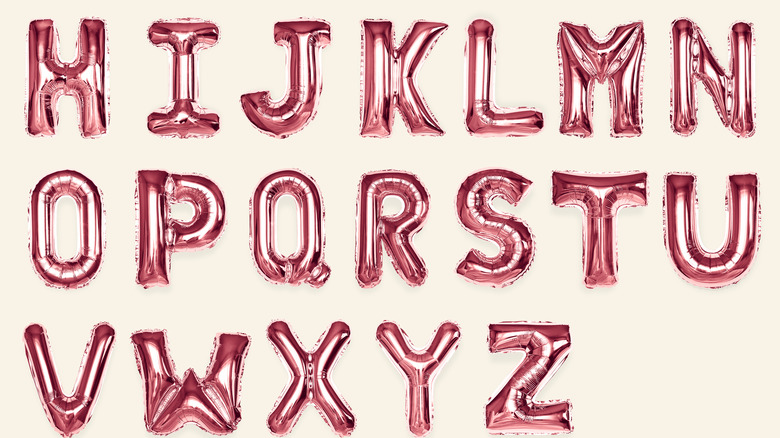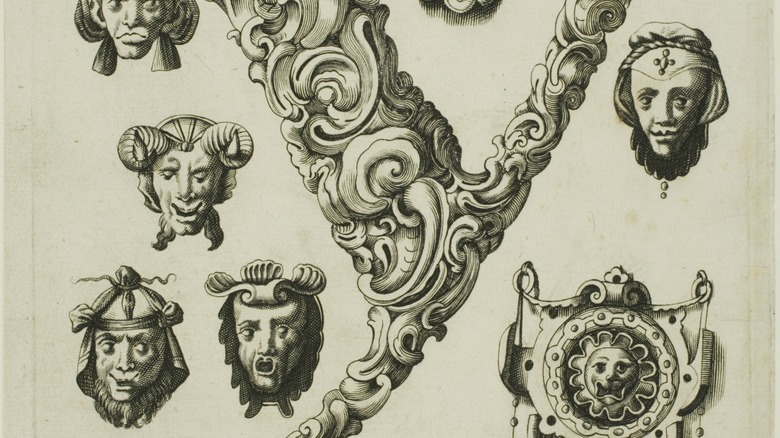Why Is Y Sometimes Used As A Vowel?
Among the 26 letters of the alphabet, the vowels are represented by A, E, I, O, U, and sometimes Y, as you probably know. Y is a swing letter, working as a consonant in "younger" and a vowel in "mystic." But why is this alphabet of ours so inconsistent?
The word "vowel" has two related but separate meanings. The first is those six letters of the English alphabet, and similar letters in other alphabets. The second is the sound associated with those letters. The definition in the Merriam-Webster dictionary is "one of a class of speech sounds in the articulation of which the oral part of the breath channel is not blocked and is not constricted enough to cause audible friction." It's the purest form of sound in a syllable, and the most prominent. When the sound comes to a stop or start by constricting the airflow through manipulation of the tongue (say "long"), teeth (say "stutter"), or lips (say "purple"), that's a consonant, per Merriam-Webster.
The why of 'y'
Y is a vowel when there is no other vowel in the word ("sly" or "gym"), when it's at the end of a word in its own syllable ("happy" or "July") or it shares the syllable with another vowel ("annoy," and "monkey"), when it's at the end of a syllable ("tyrant") or in the middle of a syllable ("pyramid"), according to Woodward English. In fact, according to Merriam-Webster, Y is not just "sometimes" a vowel — it's a vowel most of time it's used (and they're the dictionary so you should trust them).
Y is used as a consonant when it's beginning a word or syllable, such as in the words "yard" or "lawyer," though technically, this sound is less of a consonant and more of a "semivowel" or "glide." This happens when there are two vowel sounds, with one of them less prominent than the other. The example Merriam-Webster gives is in the word "yes." If you slow down the word's pronunciation, it actually sounds like a long-e vowel followed by a short-e vowel, ending in an "s" sound: "eee" and "ess." But because the semivowel is said so quickly, it acts more like a consonant.
Other letters are also swingers
Y isn't the only letter with "sometimes" status, according to Mental Floss. Though W is a consonant in words like "words," it's part of a dipthong vowel in "now." H is a consonant in "hat" but not in "ah." And in words like "one" and "united," O and U fill the role of both consonant and vowel — they're pronounced like "won" and "yu-nited."
The English language is, in other words, incredibly eccentric, with nominal consonants and vowels alike filling all sorts of irregular and bizarre roles depending on use and need and tradition. Y, however, remains perhaps our most extraordinary letter, dating back to its invention by the Romans in our current alphabet circa A.D. 100 (before that, the shape and sound was used in the Greek "upsilon," per Day Translations). It swings between consonant (or semivowel) and vowel consistently. That's certainly the stuff of myth (and mystery, and glyph, and hymn).


